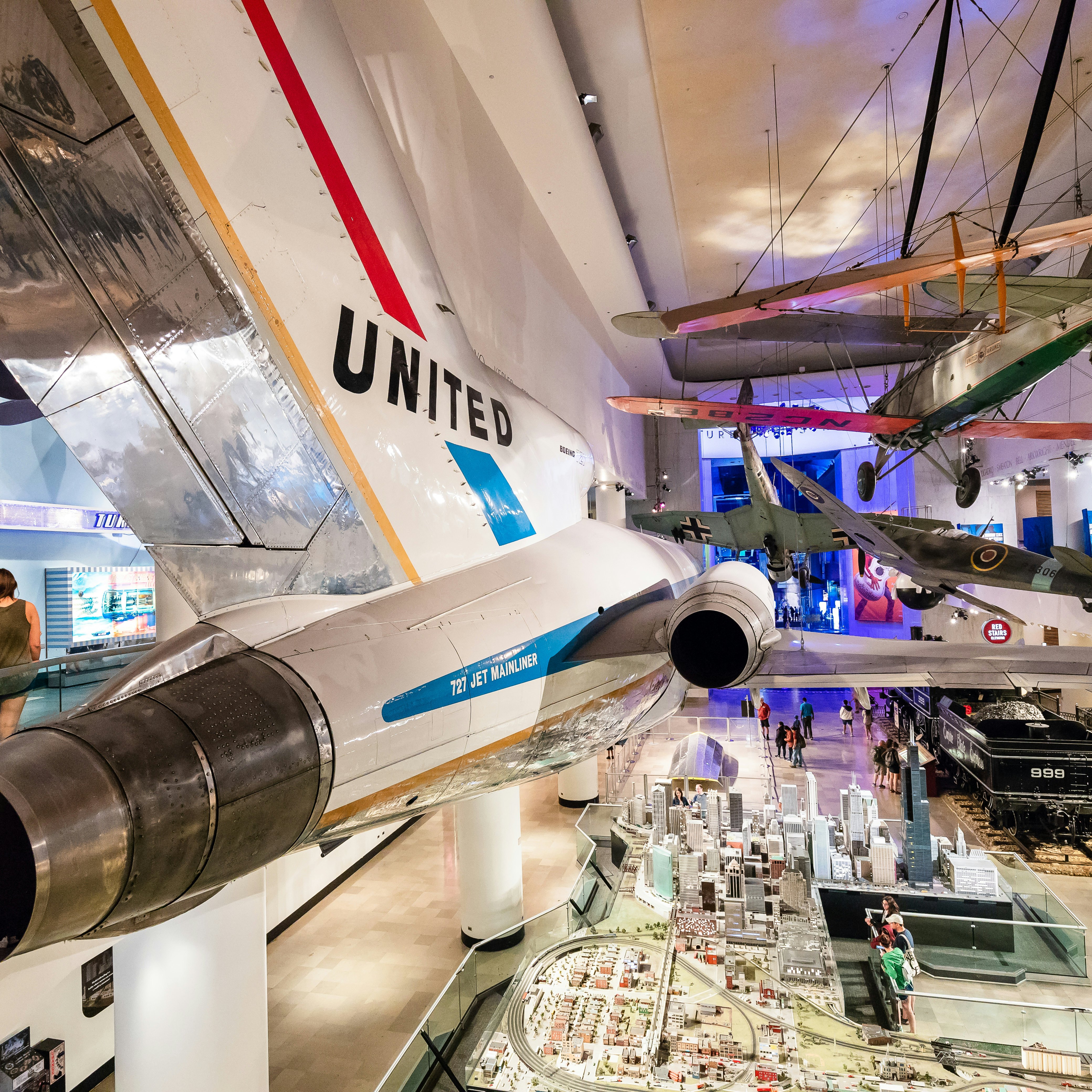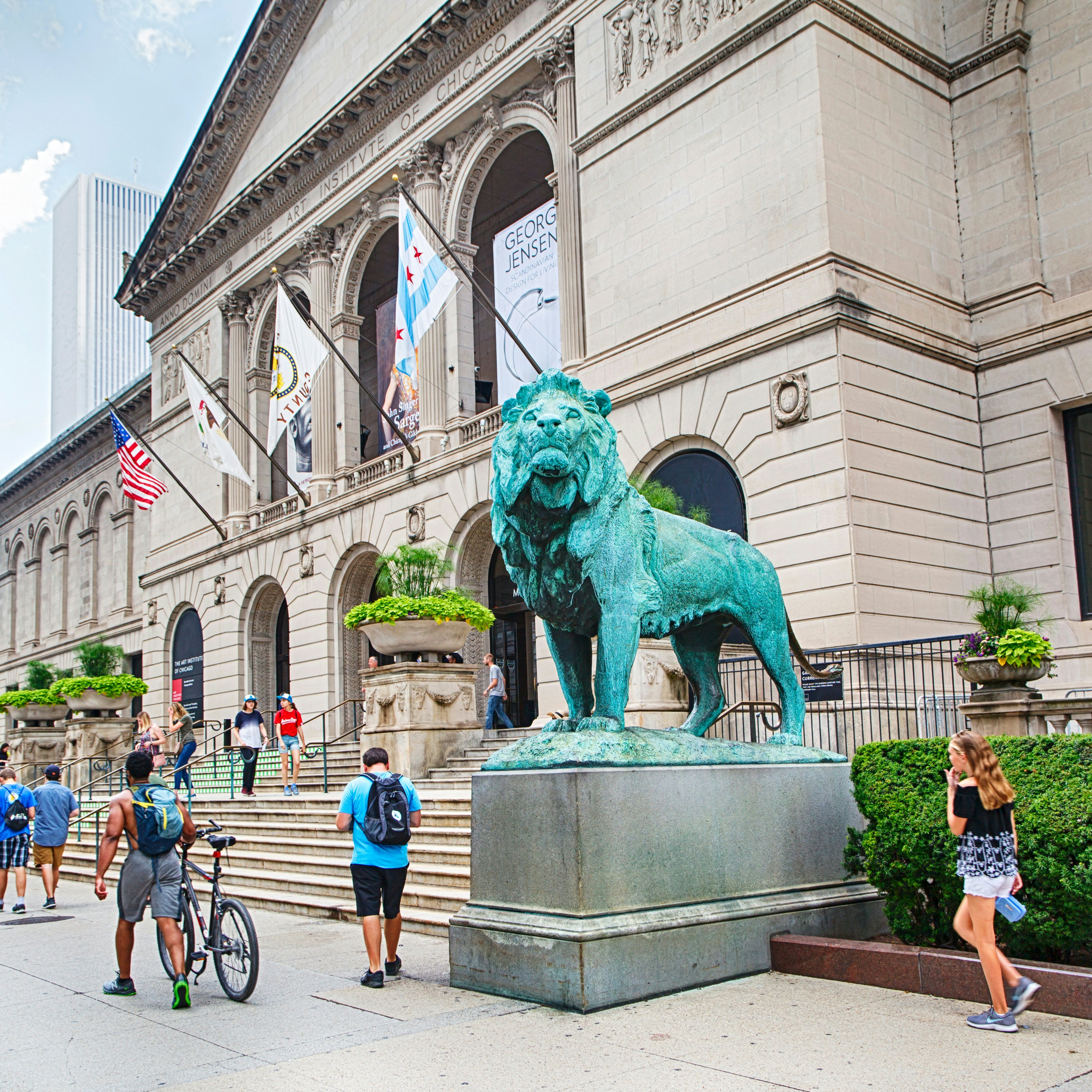

Getty Images
Overview
With steely skyscrapers, top chefs, renowned museums and rocking festivals, the Windy City will blow you away with its multifaceted splendors.
Leave the planning to a local expert
Experience the real Chicago. Let a local expert handle the planning for you.
Must-see attractions
Planning Tools
Expert guidance to help you plan your trip
Best Things to Do
Chicago is a city that will keep you busy from dawn till long after dark. Here are 13 of our favorite things to do in the Windy City.
Read full article
Best Time to Visit
Famous for its icy winters, steamy summers and busy cultural calendar, Chicago has something going on in every season. Here are the top times to visit.
Read full article
Things to Know
From figuring out public transport to what to wear and where to stay, here's what you need to know to make your Chicago trip a success.
Read full article
Transportation
Chicago's efficient public transportation makes this busy city easy to navigate. Here's how to use the L, Metra and buses for your best experience.
Read full article
Free Things to Do
Chicago is jam-packed with fun activities and not all of them are designed to blow your budget. Here are 20 free (and nearly free) things to do there.
Read full article
Best Neighborhoods
Lincoln Park and Old Town are two of Chicago’s oldest and most charming neighborhoods. Discover the best things to do, the best places to eat and more.
Read full article
Day Trips
The Windy City offer endless delights, but that doesn't mean you can't explore the wider area. These are 11 of the best day trips from Chicago.
Read full article
Money and Costs
Chicago may be big on experiences, but that doesn't mean you have to fork over big bucks. Here are our tips for navigating the Windy City on a budget.
Read full article
Traveling with Kids
With its wealth of interactive museums, fabulous parks, jaw-dropping architecture and family-friendly attitude, Chicago is tailor-made for travel with kids.
Read full article
Get a book. Get inspired. Get exploring.
in partnership with getyourguide
















